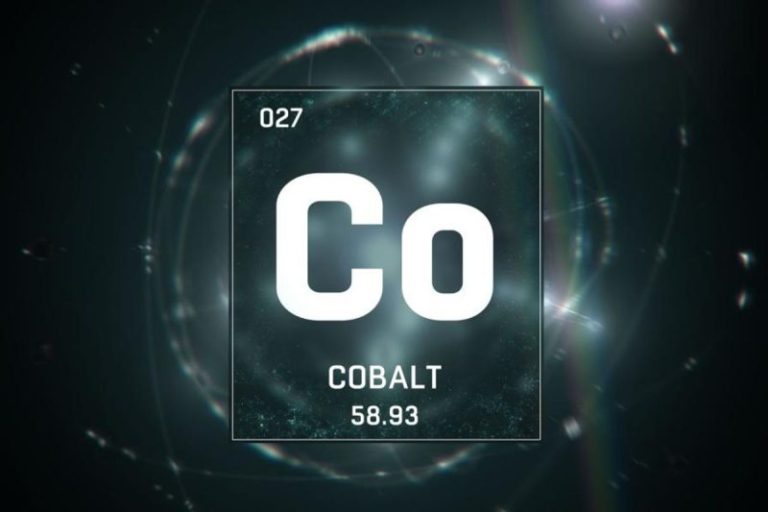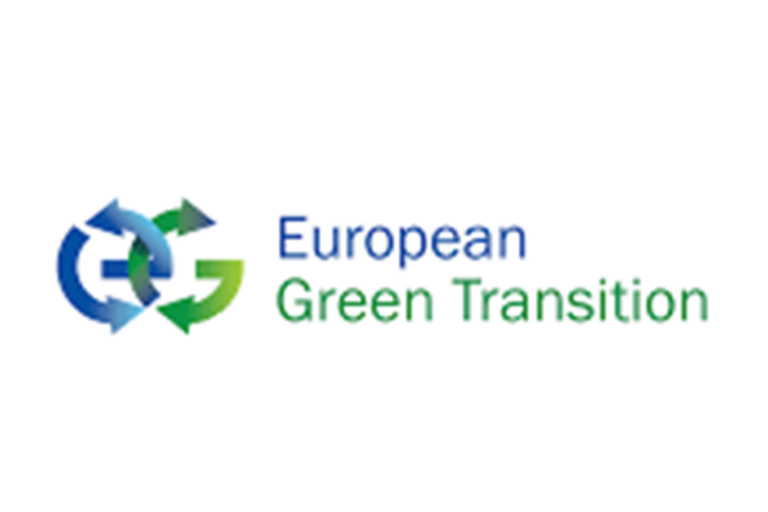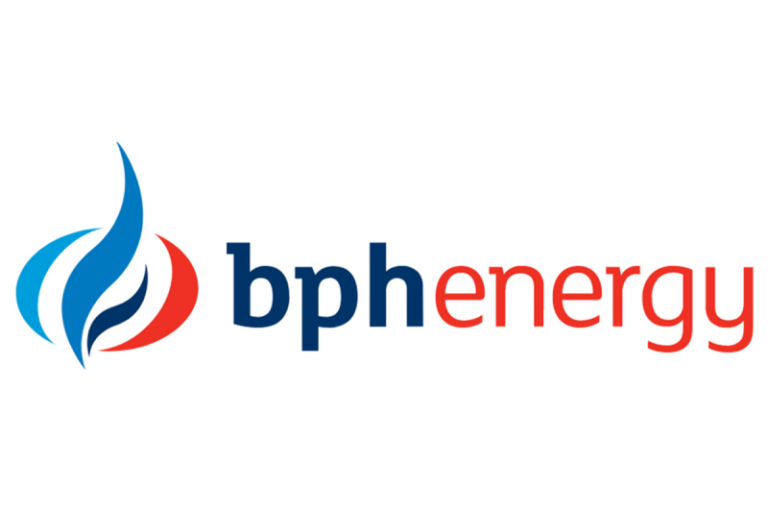Cobalt prices regained momentum in the third quarter of 2025 as tighter export controls from the Democratic Republic of Congo (DRC) fueled expectations of a market rebound.
After languishing near multi-year lows early in the year, the metal surged to US$47,110 per metric ton in late October, its highest level since January 2023.
The DRC’s prolonged export suspension, followed by new quota limits, has begun to ease a years-long supply glut, with analysts now forecasting a shift from oversupply toward market balance.
All year-to-date and share price information was obtained on October 28, 2025, using TradingView’s stock screener. Companies with market caps above C$10 million at that time were considered.
1. Talon Metals (TSX:TLO)
Year-to-date gain: 358.82 percent
Market cap: C$440.55 million
Share price: C$0.39
Talon Metals is a base metals company advancing the Tamarack nickel-copper-cobalt project in Central Minnesota, US, through a joint venture with Rio Tinto (ASX:RIO,NYSE:RIO,LSE:RIO). Talon currently holds a 51 percent stake in the project and can earn up to 60 percent.
In late March, Talon Metals announced a massive sulfide discovery at its Tamarack project, with an intercept measuring 8.25 meters containing 95 percent sulfide content located deeper than the current Tamarack resource.
In May, a further massive sulfide discovery in the same zone, the thickest discovery yet at the site, drove the company’s share price up significantly, and another in early August did the same. In the August announcement, Talon shared that it named the discovery zone the Vault zone.
At the start of Q4, Talon announced an expanded winter drilling and exploration program at the Vault zone.
Shares of Talon rallied to a year-to-date high of C$0.54 on October 14, following the winter drill news and alongside rising cobalt prices.
On October 20, Talon received a 12 month extension from Rio Tinto subsidiary Kennecott Exploration to submit a feasibility study and US$10 million payment required to increase its ownership stake in the Tamarack project to 60 percent.
The extension will allow Talon to align the study’s release with the publication of the project’s scoping environmental assessment worksheet, expected in the first half of 2026, marking its entry into Minnesota’s formal environmental review process.
2. Leading Edge Materials (TSXV:LEM)
Year-to-date gain: 222.22 percent
Market cap: C$72.49 million
Share price: C$0.29
Leading Edge Materials is developing critical materials projects in the EU. The company’s projects include its wholly owned Woxna graphite mine and Norra Kärr heavy rare earth elements project, both in Sweden, as well as its 51 percent owned Bihor Sud nickel-cobalt exploration alliance in Romania.
According to its June 2025 presentation, exploration work planned for 2025 at Bihor Sud’s G2 gallery includes mapping and sampling of cobalt-nickel and zinc-lead-silver mineralized zones detected visually and by hand-held XRF. Drilling targeting polymetallic mineralization at the gallery is underway.
On the financial side, Leading Edge announced a C$400,000 non-brokered private placement in June.
According to a June 22 activities update, Leading Edge’s Romanian subsidiary was granted ownership and operational permits for the Avram Iancu mine at Bihor Sud, and the team had begun preliminary investigations of the site.
In its recent quarterly report, released September 19, Leading Edge Materials said it is reassessing its prospects after being granted those permits. at its project located within the Bihor Sud exploration area following the acquisition of additional ownership and operating permits.
The Avram Iancu site hosts extensive historic underground workings and data indicating copper-rich massive sulfide zones, the statement noted.
A competent person report is in progress to consolidate past exploration and outline next steps, while the company evaluates financing options to advance development.
Shares of Leading Edge also benefited from the mid-October cobalt price rally, registering a year-to-date high of C$0.44 on October 14.
3. Battery Mineral Resources (TSXV:BMR)
Year-to-date gain: 180 percent
Market cap: C$16.79 million
Share price: C$0.14
Battery Mineral Resources is focused on developing into a mid-tier copper producer and recently restarted mine and mill operations at the Punitaqui Mining Complex in Chile. In Canada, the company holds the largest land position in Ontario’s historic Cobalt district, where it is exploring high-grade primary cobalt deposits at McAra, Gowganda and Elk Lake.
The company’s portfolio also includes energy services and mineral exploration assets in North America, along with graphite projects in South Korea.
In late October, BMR said it was evaluating strategic options for its Gowganda silver tailings project, located northeast of Sudbury, Ontario.
The project lies in one of the country’s most productive past silver-cobalt districts, and the Gowganda mining camp produced 60 million ounces of silver and 1.3 million pounds of cobalt between 1910 and 1969. Gowganda hosts four former mines and associated tailings historically estimated to contain 2.96 million ounces of silver. BMR is assessing how best to advance or monetize the asset to enhance shareholder value.
On October 16, Battery Mineral Resources reported strong operational performance at its Punitaqui copper project in Chile, driven by improved underground production and plant optimization. Since September 1, 2025, underground operations have averaged 1,800 tonnes per day, up 80 percent from the first half of the year, and 2,000 tonnes per day over the recent two weeks period.
BMR is also advancing development of additional underground operations at Cinabrio Norte and Dalmacia to support further growth from Punitaqui.
The news pushed shares of BMR to a year-to-date high of C$0.17 on October 21.
4. FPX Nickel (TSXV:FPX)
Year-to-date gain: 95.74 percent
Market cap: C$144.81 million
Share price: C$0.46
FPX Nickel is currently advancing its Decar nickel district in BC, Canada.
The property comprises four key targets, with the Baptiste deposit being the primary focus, alongside the Van target. The company also has three other nickel projects in BC and one in the Yukon, Canada.
In February, FPX released a scoping study for the development of a refinery that would refine awaruite concentrate from Baptiste into battery-grade nickel sulfate and by-products of cobalt carbonate, copper and ammonium sulfate. Annual output is anticipated at 32,000 metric tons of contained nickel and 570 metric tons of contained cobalt.
The results show that the process would result in operating and all-in production costs near the bottom of nickel sulfate cost curve, in part due to by-product credits. Additionally, the carbon intensity of the awaruite refinery would be significantly lower than that of currently used production methods.
On September 4, FPX completed a large-scale mineral processing pilot campaign for its Baptiste nickel project, following three prior successful campaigns. The latest production run generated bulk samples of awaruite concentrate, which will be provided to prospective partners, including pre-cursor cathode active materials, battery producers and automakers, to assess its suitability as feedstock.
Later in the month, FPX signed an option agreement to acquire up to 100 percent of the Advocate nickel property in Newfoundland, Canada, following its review of over 50 targets. The property has also been accepted by the Japan Organization for Metals and Energy Security (JOGMEC) as the first designated property under the generative alliance between FPX and JOGMEC, with a significant work program planned to build on encouraging surface nickel recoveries.
FPX shares registered a year-to-date high of C$0.55 on October 17.
5. Wheaton Precious Metals (TSX:WPM)
Year-to-date gain: 61.23 percent
Market cap: C$60.38 billion
Share price: C$133.00
Wheaton Precious Metals is one of the largest gold and silver royalty and streaming companies.
It has investments in 18 operating mines and 28 development projects across four continents, including a cobalt streaming agreement for Vale’s (NYSE:VALE) Voisey’s Bay nickel mine in Newfoundland and Labrador, Canada.
According to Wheaton, Voisey’s Bay is currently in a transitional phase, shifting from the depleted Ovoid open pit to full underground production.
The company reported its Q1 financial results on May 8. The report highlighted a record US$470 million in revenue, US$254 million in net earnings and US$361 million in operating cash flow.
The cobalt segment registered year-on-year attributable production gains, rising to 540,000 pounds in the year’s first quarter, compared to 240,000 pounds during Q1 2024. Despite the output increase, sales fell to 265,000 pounds in Q1 versus 309,000 pounds in Q1 2024.
According to Wheaton’s Q2 2025 results, the Voisey’s Bay mine produced 647,000 pounds of attributable cobalt, a roughly 150 percent increase from the same period in 2024. Vale reported that the underground operations are steadily ramping up, with full production expected by the second half of 2026 as the transition from the depleted Ovoid open-pit continues.
Shares of Wheaton rose to a year-to-date high of C$159.41 on October 16 alongside rising prices for gold, silver and cobalt.
FAQs for cobalt
What is cobalt?
Cobalt is a silver-gray metal that is often produced as a by-product of nickel and copper mining. It does not occur as a separate metal anywhere in the world, and must be produced by reductive smelting, or from the metallic ore cobaltite, which is made of cobalt, sulfur and arsenic.
What is cobalt used for?
Historically, cobalt oxides were used to impart a blue pigment to glass, porcelain and paints, hence the still-used cobalt blue paint. The metal is also used to produce superalloys, as cobalt imparts qualities such as corrosion and wear resistance, which are useful in applications such as airplanes, orthopedics and prosthetics.
Today cobalt is most famously used in the rechargeable lithium-ion batteries that run everything from smartphones to EVs.
Where is cobalt mined?
The majority of cobalt production comes out of the DRC, which was responsible for producing 220,000 metric tons of the material in 2024. For perspective, the second largest cobalt-producing country, Indonesia, reported output of 28,000 MT the same year; third place Russia produced 8,700 MT of the material.
As the lithium-ion battery and EV supply chains garner global attention, companies are trying to limit their exposure to cobalt produced from the DRC, which is known for human rights abuses and sometimes child labor in its mining industry.
In response to this trend, many countries with cobalt are attempting to create domestic cobalt and EV supply chains in the hope of attracting companies looking to avoid DRC-sourced cobalt. This can be seen in the up-and-coming battery corridor in Ontario, Canada, as well as in the US-based Idaho cobalt belt.
Securities Disclosure: I, Georgia Williams, hold no direct investment interest in any company mentioned in this article.
This post appeared first on investingnews.com









